Meet the self-starters behind the clever hospitality boom in Oaxaca City
As the once-sleepy Mexican city attracts an increasingly international crowd, businesses are reimagining time-tested traditions to appeal to modern tastes.
It’s a sunny morning in central Oaxaca City and the communal table at Bodaega bakery is buzzing with customers tearing into pastries. One popular variety is a take on a Danish treat called a spandauer, adapted for its warm setting with a mango-and-passion-fruit-custard filling. This mix of Nordic and Mexican flavours makes for a pleasant surprise.
With a modest population of 715,000 people, Oaxaca City is a place where time seems to move slowly: church bells clang gently amid plazas and streets lined with old buildings. A big part of its allure is this sleepy charm and many businesses embrace it. But things are changing. In the past five years, more than 17,000 people have moved here from the US and there has been a 77 per cent jump in tourism. Hospitality entrepreneurs are catching on, opening new hotels, cafés and restaurants that combine the city’s heritage with fresh ideas.

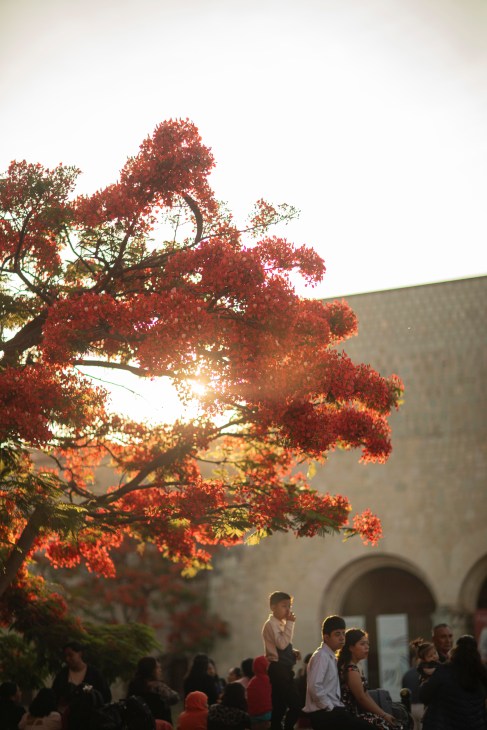
Bodaega’s co-owner Rafael Andrés Villalobos Valderrama, who opened the café with his Danish partner, Catherine Schmidt, hadn’t intended to launch a business when he returned to his home city. The couple met in Copenhagen while Villalobos Valderrama was working at Sanchez restaurant and doing an apprenticeship at Meyers Bageri, a popular bakery chain. After moving they noticed an increase in visitors, as well as a growing appetite for international delicacies. The couple opened Bodaega three years ago. “We ‘Mexicanise’ Danish pastries,” says Villalobos Valderrama. “We take guava or passion fruit and use it in a way that makes sense for local people.” An influx of customers from abroad has also meant that they could cater to a more diverse crowd than just a few years ago.
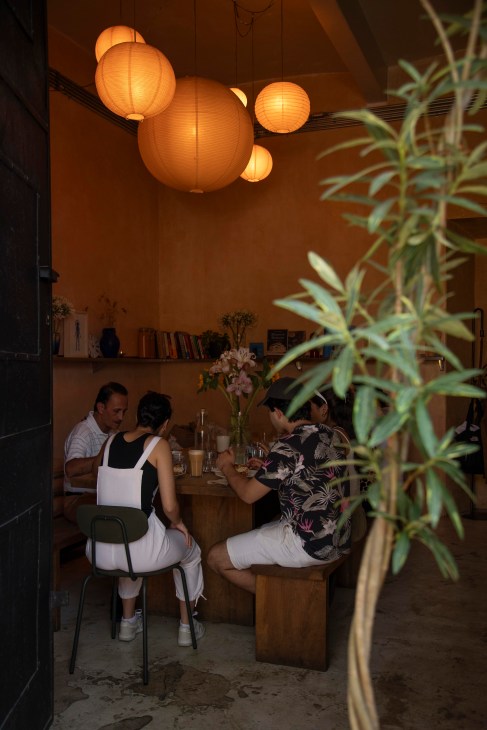
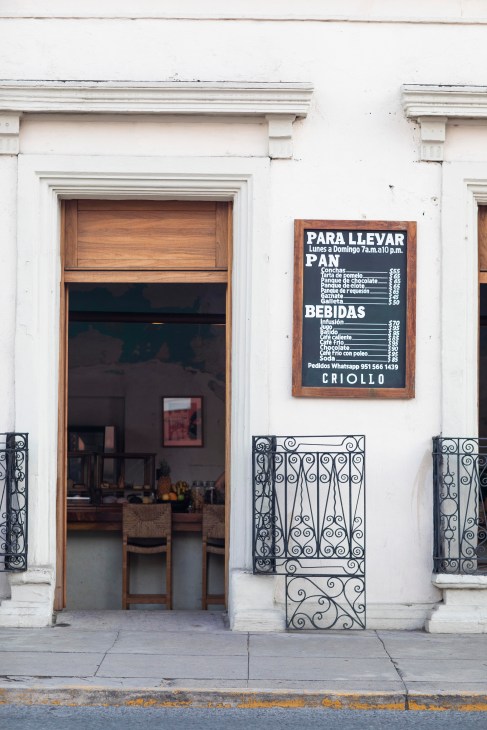
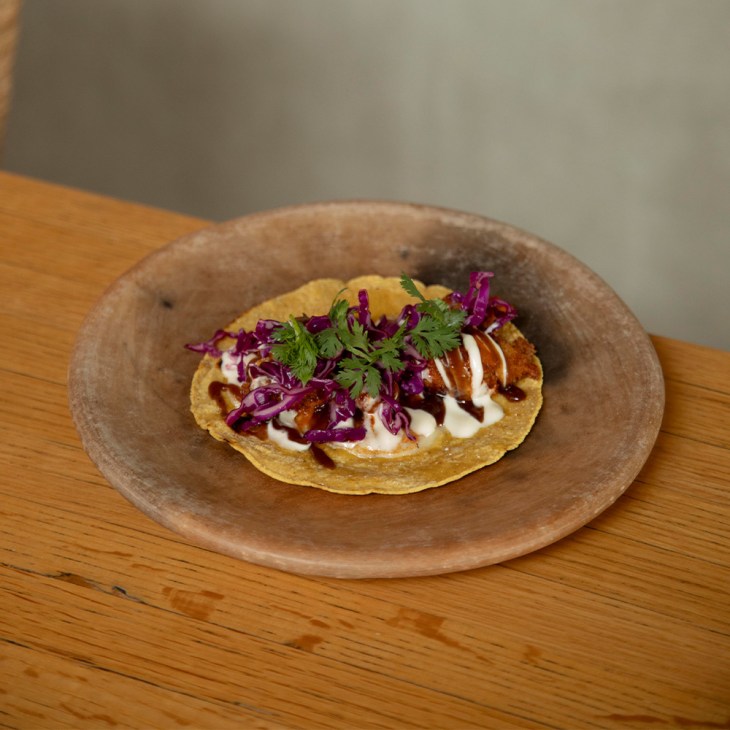
In 2023, Mexico’s Grupo Habita unveiled Otro Oaxaca, a 16-key hotel opposite the Church of Santo Domingo de Guzmán. Designed by local firm Root Studio, its interiors feature furniture by the region’s artisans, reclaimed wood and natural materials such as red soil. This mix of old and new reflects a broader shift in Oaxaca, where entrepreneurs are expanding their footprints while taking pains to maintain the city’s cultural fabric.
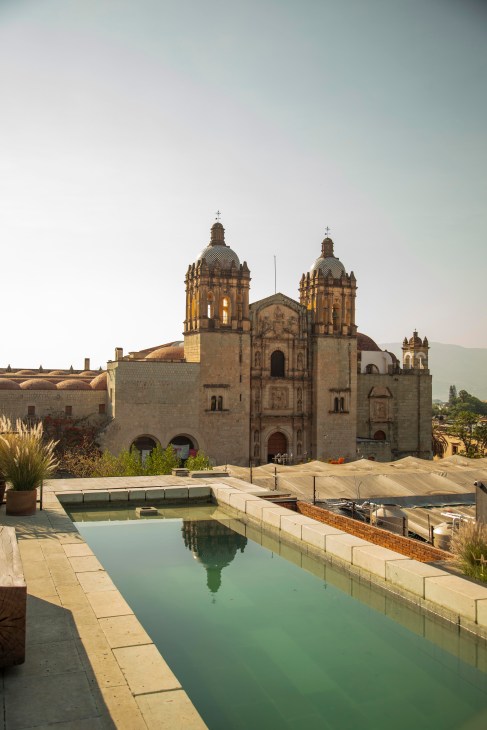
When Juan Pablo Hernández moved to Oaxaca from the north of the country and opened Boulenc in 2013, he couldn’t have imagined that it would evolve into the multifaceted enterprise it is today. What began as a market stall selling sourdough bread has transformed into a diverse business encompassing a bakery, a café, a shop and two hotels. “We were investing and growing organically,” says Hernández, who expanded when more buildings on the street became available. “When you want to open a business here, there’s a social aspect you have to address,” he says, adding that he works with artisans whenever possible and sources his ingredients as locally as possible, including wheat from a nearby farm.
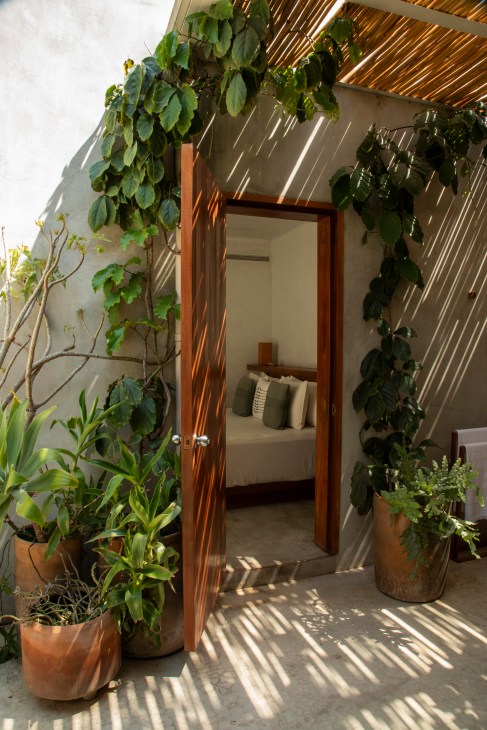
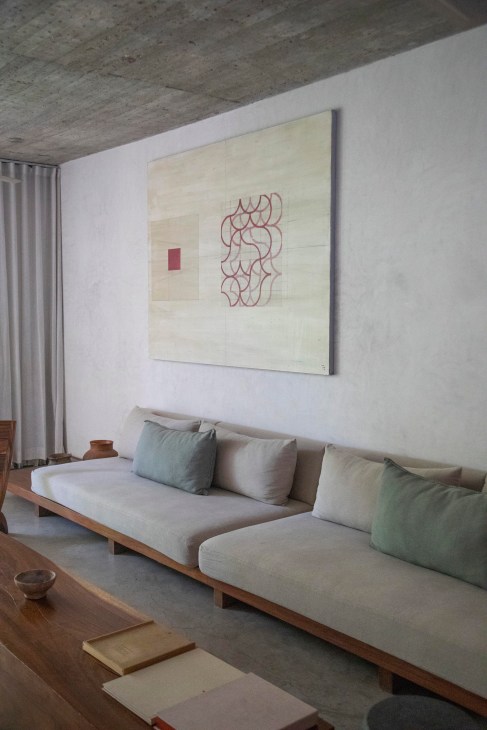
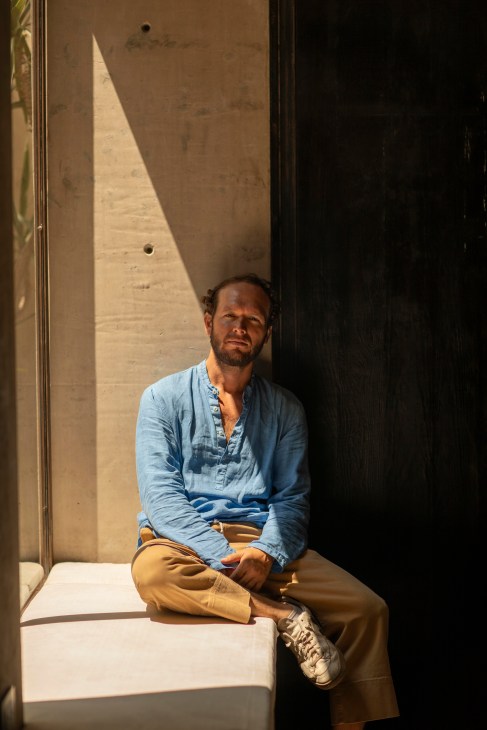
“The old culture here is so deep and profound,” says restaurateur Enrique Olvera, who co-founded Criollo in the centre of the city. “You need to spend time here to realise that time works differently. Hospitality is part of our DNA.” Olvera owns a string of restaurants including Pujol in Mexico City. When he opened Criollo in Oaxaca City with chef Luis Arellano almost 10 years ago, the goal was to create an experience that felt like dining in someone’s home. “What I enjoy most is going to someone’s house,” he says. “Mexican food, particularly what we eat in Oaxaca, is hard to translate to restaurants.”

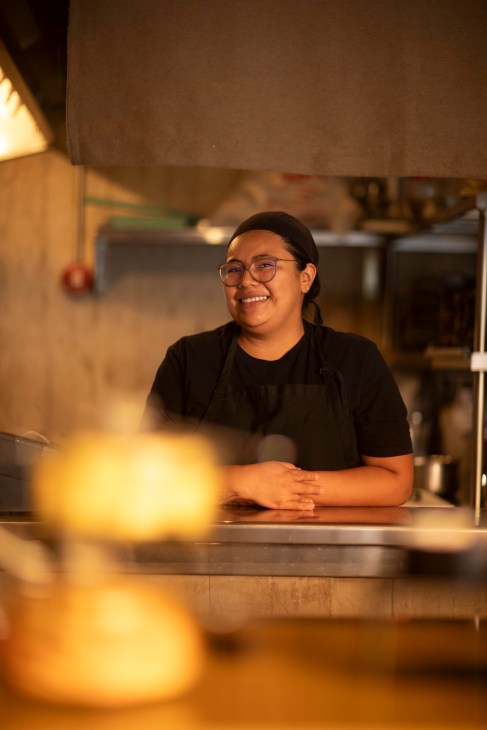
This approach is evident in Criollo’s design. Guests enter through a door next to the kitchen and an open comal (a traditional flat griddle), on which tortillas are fired. They dine in an open-air pebbled courtyard that is reminiscent of a family gathering space, with chickens wandering around the tables. Olvera has also opened Casa Criollo, a two-bedroom guesthouse. Initially intended as his personal retreat during visits to Oaxaca City, the property is now available to visitors. Ironically, it’s often booked out when he’s back in town.
Dominican-born designer Javier Reyes is the founder of Rrres, a design studio that works with artisans in rural areas to develop colourful geometric rugs, throws and baskets. Last year he and his partner, Lillian Hardy, expanded by opening Landdd, a workshop space in Portland, Oregon. Reyes has grown the business in Oaxaca City too, launching a one-room guesthouse that features Rrres products. “We try to incorporate our design and vision,” he says. The guesthouse, which looks onto a small cactus-filled garden, has a sunny yellow kitchenette and is dressed with bright throws and geometric rugs. “We think of it as our studio guesthouse,” says Reyes.
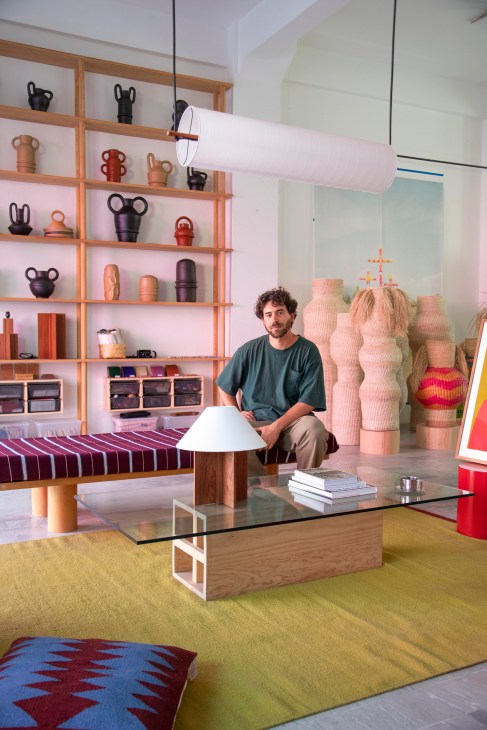
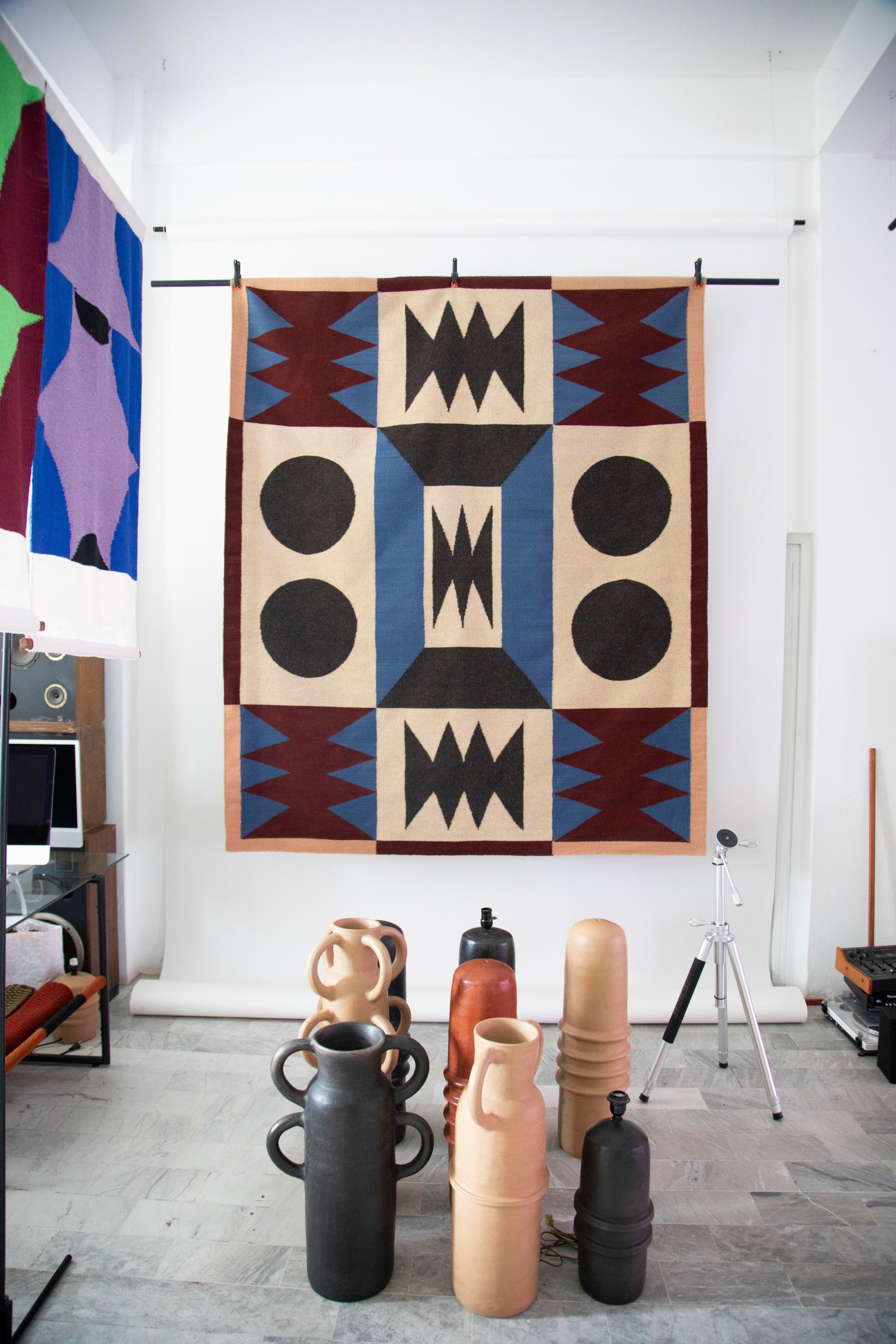
On the outskirts of the city, about a 40-minute drive from the centre, is Alfonsina, a restaurant that is committed to blending tradition with innovation. It was opened by Jorge León and his mother, Doña Elvia, who can sometimes be seen pressing tortillas and cooking them on the comal. The tables in its peaceful courtyard are set under trees. From the open kitchen, homely dishes such as tamales and flame-grilled fish with mole and rice are prepared as part of a five-course menu.
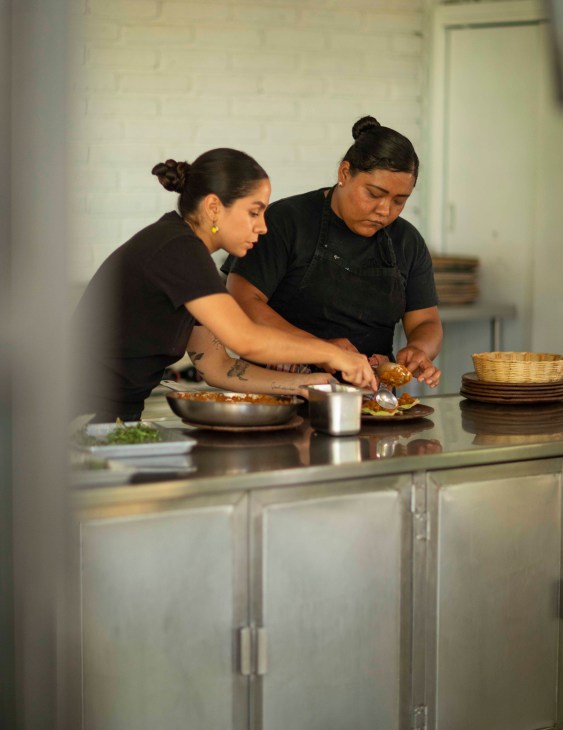
The restaurant is committed to the use of locally sourced seasonal ingredients, as well as to sustainable practices such as rainwater harvesting to address the region’s water scarcity. León, who previously worked at Grupo Olvera’s Pujol in Mexico City and Cosme in New York, wants to find ecological solutions for his home city. “The restaurant industry can raise awareness and positively impact the environment,” he says. Most recently, Alfonsina launched a programme training fishermen in eco-friendly practices and supplying establishments in Oaxaca City and Mexico City.
Crudo is another good example of an entrepreneur embracing both traditional and modern sensibilities. After working in the US and Mexico City, Oaxacan-born chef Ricardo Arellano returned home five years ago to open an omakase restaurant that serves Japanese-style bites made from local ingredients. Noticing diners flooding in from the US and Canada, he saw an opportunity to expand and has since opened three bars and one more omakase counter. At the casual à la carte bar, diners are seated on wooden chairs along a narrow counter where they sip mezcal (the state’s drink of choice) and whisky cocktails flavoured with corn. They eat sashimi with pickled jícama instead of ginger. “You meet people from all over the world here,” says Arellano.
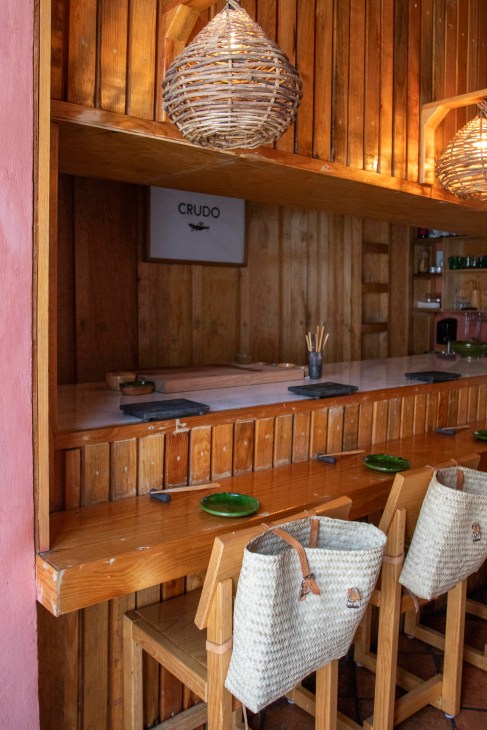
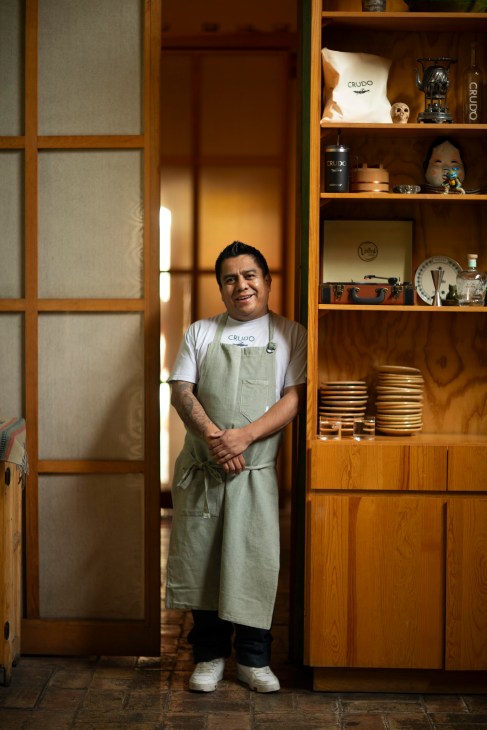
Read more from Monocle’s 2025 Mexico Survey:
- Inside Mexico’s creative gold rush: four high-growth industries to watch
- Three game-changing developments about to transform Mexico City
- Entrepreneurs to watch: the forward-thinkers making new paths in Mexican industries
- Eight ideas for Mexican businesses that are ripe for the taking
- The entrepreneurial trailblazers revitalising Guadalajara’s art scene
- Oaxaca Aerospace’s Mexican-built plane has beaten the odds and is ready for takeoff



